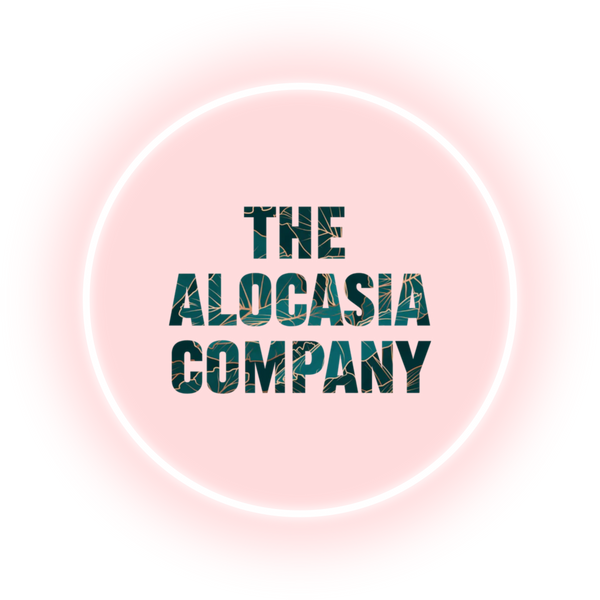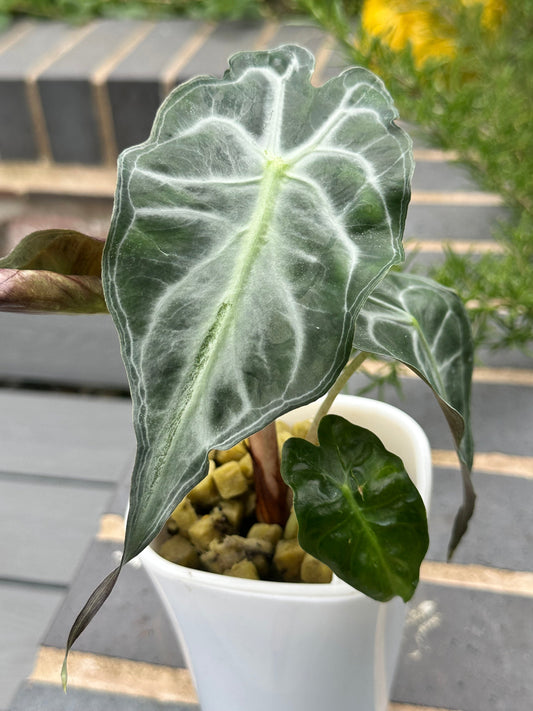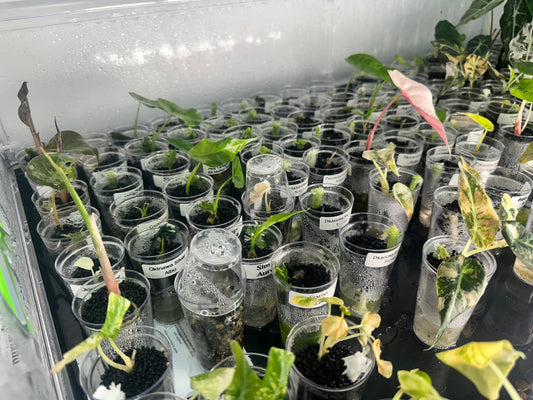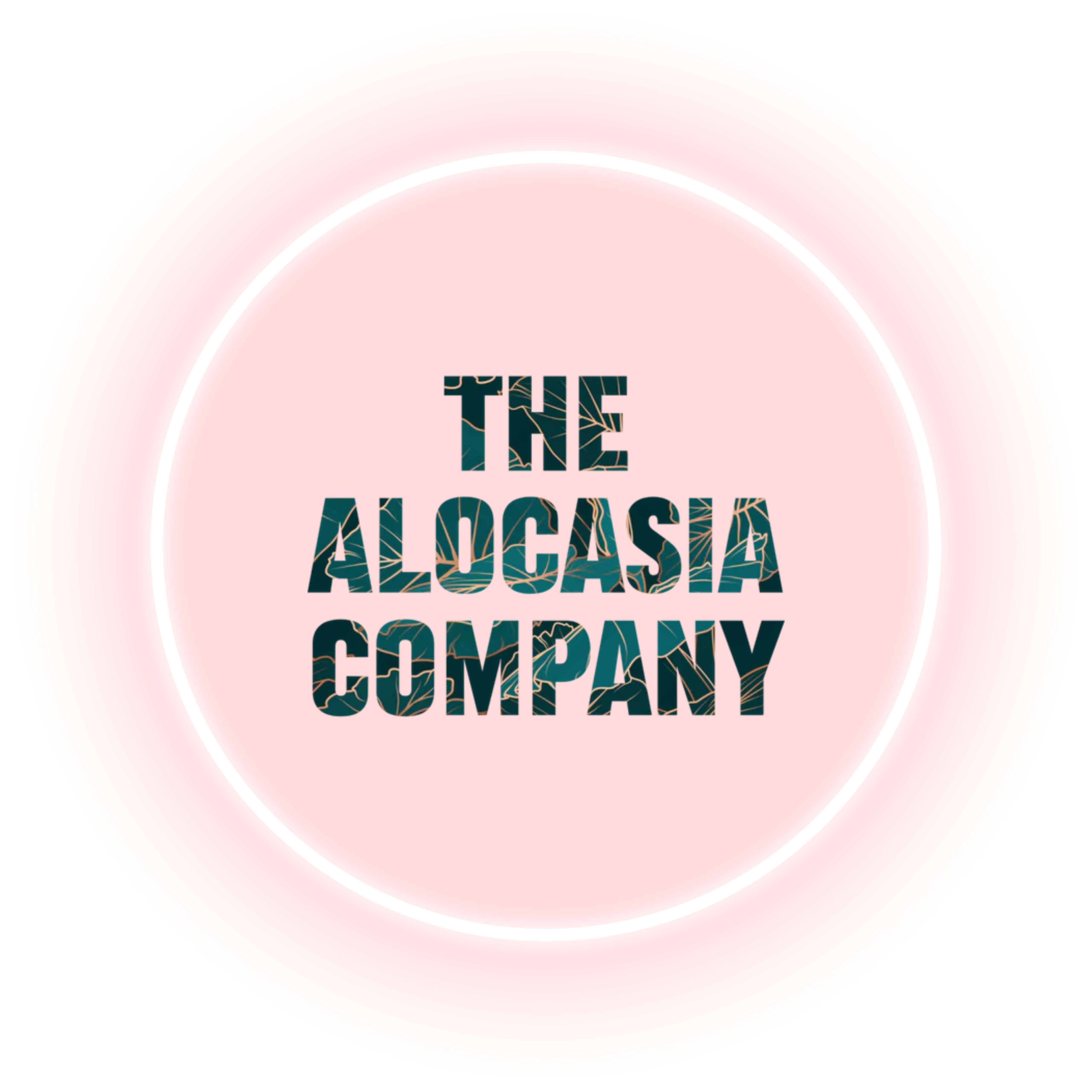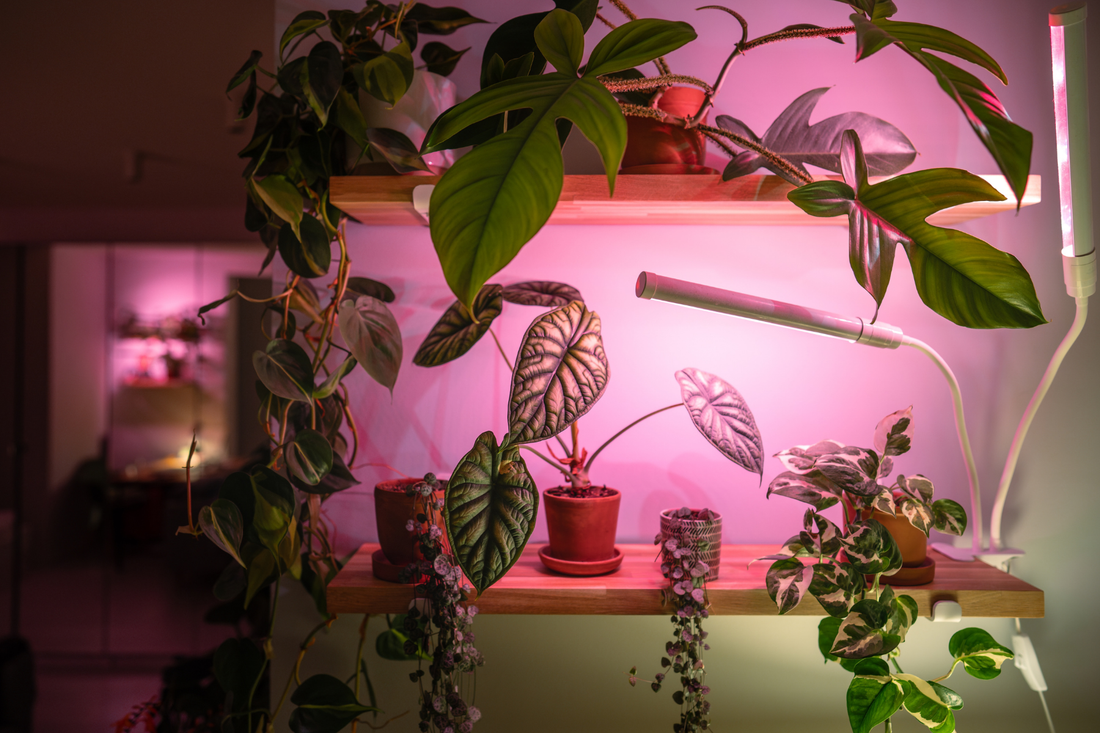
Are LED Grow Lights Worth It?
Share
LED Grow Lights
Indoor growing and hydroponics have surged in popularity over recent years, making it possible for gardeners to cultivate plants year-round regardless of weather or space constraints. One of the most common questions among indoor growers is: Are LED grow lights worth it? With so many lighting options available, LED grow lights have become a popular choice, but it is important to unpack their benefits, drawbacks, and overall value to determine if they are the right option for your indoor gardening needs.
What Are LED Grow Lights?
LED grow lights are specially designed lighting systems that emit light suitable for plant growth. Unlike traditional incandescent or fluorescent grow lights, LEDs use light-emitting diodes to produce light at specific wavelengths, often tailored to the needs of photosynthesis. The ability to customise the light spectrum means LED grow lights can offer both the red and blue light spectrums that plants require to thrive.
Benefits of LED Grow Lights
Energy Efficiency and Cost Savings
One of the key advantages of LED grow lights is their energy efficiency. LED lights consume significantly less electricity compared to traditional lighting like HID (High-Intensity Discharge) or fluorescent lamps. This lower power consumption translates directly into reduced energy bills, which is especially beneficial for gardeners who need their lights on for extended periods. Although the initial cost may be higher for LEDs than for other types of grow lights, the ongoing savings in energy costs often compensate for this over time.
Longevity and Durability
Another factor that makes LED grow lights worth considering is their longevity. LEDs have a much longer lifespan—typically around 50,000 to 100,000 hours—compared to fluorescent or HID bulbs. This means fewer replacements, less maintenance, and lower costs in the long run. Additionally, LED lights are more durable and less prone to breakage since they do not contain fragile filaments or gases, making them a practical investment for indoor growing setups.
Customisable Light Spectrum
Plants require different light spectrums during various growth stages—blue light supports vegetative growth, while red light promotes flowering and fruiting. One of the standout features of LED grow lights is that they can be specifically designed or adjusted to emit the optimal light spectrum for each plant’s developmental phase, promoting healthier and faster growth.
Low Heat Emission
Unlike HID or incandescent grow lights, LEDs generate minimal heat. This reduction in heat lowers the risk of burning plants and reduces the need for additional cooling systems such as fans or air conditioning. This characteristic makes LED grow lights an ideal choice for small or enclosed indoor gardening spaces, where controlling temperature can be a challenge.
Potential Drawbacks of LED Grow Lights
Higher Upfront Cost
The initial purchase price of LED grow lights can be considerably higher than traditional grow lights. For casual gardeners or beginners, this upfront cost may be a deterrent. However, the longevity and energy savings often balance out this initial investment over time. Buy LED Grow Lights here: https://www.thealocasiacompany.co.uk/collections/led-grow-lights
Light Coverage and Penetration
While LED grow lights excel in energy efficiency and spectrum customisation, some models may offer less penetration into dense plant canopies compared to more intense HID lights. For larger and taller plants, this could mean uneven growth if the LED light coverage is insufficient. Choosing high-quality LEDs and ensuring the light is appropriately positioned can mitigate this issue.
Are LED Grow Lights Worth It for Your Alocasia?
Ultimately, whether LED grow lights are worth it depends on your specific growing needs, budget, and preferences.
- For hobbyist growing Alocasia, Philodendron, Anthuriums, herbs, leafy greens, or small plants indoors, LED lights are likely a very worthwhile investment due to their efficiency, low heat, and long lifespan.
- For commercial growers or those cultivating larger plants that demand intense light penetration, LED grow lights might require careful selection and possibly supplementary lighting.
- Energy-conscious growers who want to minimise running costs will find LED grow lights the most economical over the long term.
Final Thoughts
In conclusion, LED grow lights offer numerous benefits including energy efficiency, longevity, low heat production, and customisable light spectrums tailored to different stages of plant growth. While the upfront cost can be higher compared to traditional lighting, these horticultural LEDs often provide significant savings and improved plant health over time. For indoor gardeners across the board, LED grow lights prove to be a valuable and generally worthwhile investment in creating optimal growing conditions. By selecting the right LED lighting system suited to your plants and space, you can enjoy year-round gardening success with less hassle and lower energy bills.
